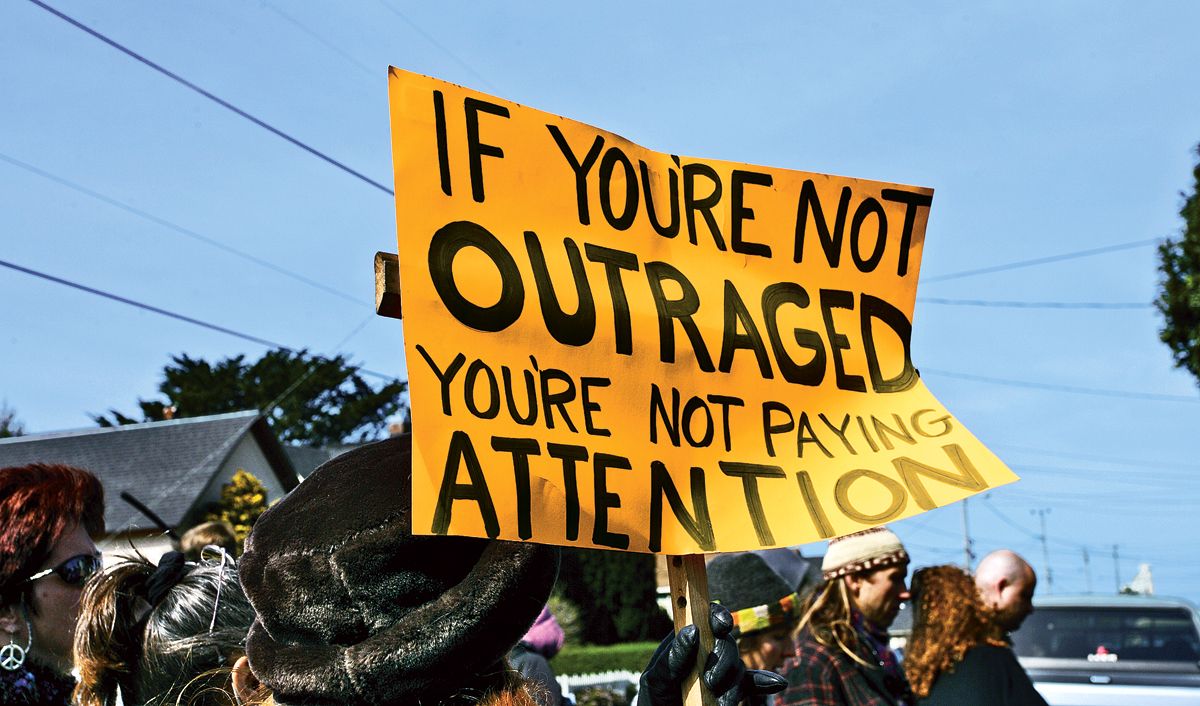

Ten years after its original publication, Patagonia’s founder, Yvon Chouinard, has revised and expanded his beloved book Let My People Go Surfing—”the philosophical manual for the employees of Patagonia.”
I read Chouinard’s original book nearly a decade ago and was fortunate to get him to sign my treasured copy in 2013 when he was in Cleveland, Ohio, to receive the Inamori Ethics Prize, which honored his integrity as a business leader and lifetime commitment to corporate social responsibility.
Though more than 40 percent of the republished book contains new material, I relished the parts that were from the original edition, remembering how his words have impacted my business decisions over the years. However, the new parts of the book are inspiring as well. “The purpose of the revised edition,” as Chouinard tells us in the preface, “is to share what we have done in the last decade and what we plan to do in the decades ahead to achieve our goals.”
I especially enjoyed the new foreword by renowned author and activist Naomi Klein, asking, “What if we shopped to live, instead of lived to shop?”
Klein sums up the book by saying: “This is the story of an attempt to do more than change a single corporation—it is an attempt to challenge the culture of consumption that is at the heart of the global ecological crisis.”
Though I highly recommend reading the entire book, I wanted to share the passages I found especially profound.
Here are 10 of my favorite quotes from the self-proclaimed “reluctant businessman”:
1. “I read every book on business, searching for a philosophy that would work for us. I was especially interested in books on Japanese or Scandinavian styles of management because I knew the American way of doing business offered only one of many possible routes.”
2. “Our philosophies aren’t rules; they’re guidelines. They’re the keystone of our approach to any project, and although they are ‘set in stone,’ their applications to a situation isn’t. In every long-lasting business, the methods of conducting business may constantly change, but the values, the culture and the philosophies remain constant.”
3. From a series of Patagonia ads in 2004: “Who are businesses really responsible to? Their customers? Shareholders? Employees? We would argue that it’s none of the above. Fundamentally, businesses are responsible to their resource base. Without a healthy environment there are no shareholders, no employees, no customers and no business.”

4. “Cotton fields contribute millions of metric tons of greenhouse gas emissions every year. A conventional cotton field stinks; its chemicals burn the eyes and nauseate the stomach. Before harvesting in non-frost regions like California, cotton has to be sprayed by a crop duster with the defoliant Paraquat, about half of which hits the target. The rest settles over the neighbors’ fields and into our streams.
“None of this is necessary. No cotton was grown this way before World War II, when many of the chemicals now used in agriculture were first developed as nerve gases for warfare.
“When we first started looking for alternatives, organic cotton was available from a few family farmers in California and Texas. We experimented. At first we made only T-shirts with organic cotton. Then, after several trips to the San Joaquin Valley, where we could smell the selenium ponds and see the lunar landscape of cotton fields, we asked a critical questions: How could we continue to make products that laid waste to the Earth in this way? In the fall of 1994, we made the decision to take our cotton sportswear 100 percent organic by 1996.”
5. “Remember, work has to be fun. We value employees who live rich and rounded lives. We run a flexible workplace, and we have ever since we were a blacksmith shop that shut down whenever the waves were six feet, hot and glassy. Our policy has always allowed employees to work flexible hours, as long as the work gets done with no negative impacts on others. A serious surfer doesn’t plan to go surfing next Tuesday at two o’clock. You go surfing when there are waves and the tide and wind are right.”
6. “People may be afraid of the term ‘activist’ because they associate it with ecosabotage and violent protests, but I’m talking about normal citizens who want the government to live up to its obligations to protect our air, water and all other natural resources. Activists have an infectious passion about the issues they support, whether they are mothers fighting to clean up toxic landfills that are killing their children or farmers trying to hold on to their fourth-generation family business threatened by urban sprawl. These are the people on the front lines, trying either to make the government obey its own laws or to recognize the need for a new law.”
7. The power of the film [DamNation] to motivate and embolden citizen action against dams around the world has been its greatest achievement.
Inspiring news & a great example of what a few people can accomplish w/ dedication. https://t.co/ErHTKrTbjF cc: @RobertKennedyJr #Futaleufu
— Leonardo DiCaprio (@LeoDiCaprio) September 14, 2016
As world leaders scramble to find climate change solutions, the film is helping to both combat the myth of “green hydro” dams and show that dam removal is proving to be a powerful tool to restore endangered wildlife, reduce methane emissions, build coastal resiliency and eliminate public safety hazards.

8. “It pains me to bear witness to the sixth great extinction, where we humans are directly responsible for the complete destruction of so many wonderful creatures and invaluable indigenous cultures. It saddens me especially to observe the plight of our own species; we appear to be incapable of solving our problems.” … “I’m a total pessimist about the fate of the natural world. In my lifetime, I’ve seen nothing but a constant deterioration of all the processes that are essential to maintaining healthy life on Planet Earth … Thinking these dark thoughts doesn’t depress me; in fact, I’m a happy person. I’m a Buddhist about it all. I’ve accepted the fact that there is a beginning and an end to everything. Maybe the human species has run its course and it’s time for us to go away and leave room for other, one hopes, more intelligent and responsible, life forms.”

9. “Before we are entitled to encourage other companies to act responsibly we have to do so ourselves. There’s only one way to lead, and that’s by being in front and leading by example. Our environmental assessment program educates us, and with education we have choices. When we act positively on solving problems instead of ignoring them or trying to find a way around them, we are further along the path toward sustainability. Every time we’ve elected to do the right thing, it’s turned out to be more profitable.”
10. “The zen master would say if you want to change government, you have to aim at changing corporations, and if you want to change corporation, you first have to change the consumers. Whoa, wait a minute! The consumer? That’s me. You mean I’m the one who has to change?”
Listen here as Chouinard reads the prologue:

 233k
233k  41k
41k  Subscribe
Subscribe 

